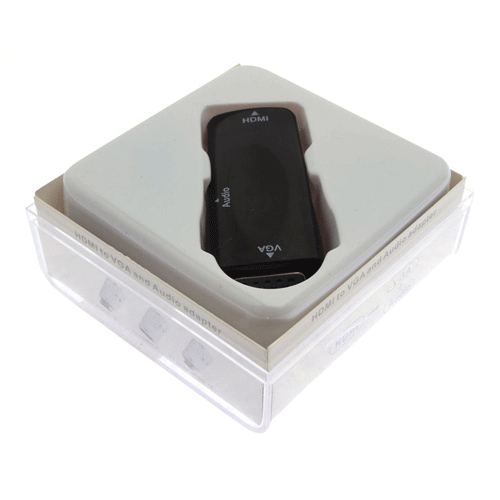

I mean, in general this is a good idea, but here specifically it should help you make out fine details better, like text. It's also a good idea to lower the sharpness control. This should help reduce input lag, the delay between you pressing a button and that action showing up on screen. Cables: The most common projector connection is High Definition Multimedia Interface (HDMI), which connects computers, laptops, and other devices to the. It might be disabled automatically, but if the edges of your desktop are cutoff, dig deep into your TV's menus for something like "size" or "zoom." If you're gaming, also see if your TV has a game mode. On the TV side, make sure you disable your TV's overscan. If you're also trying to send audio, that might need to be switched on as well, either by clicking the speaker button in the lower right on Windows, or in System Preferences on Mac. In theory this won't be an issue, but if you're finding text hard to read, or overall the image looks poor, make sure the laptop's output matches your TV's resolution. Also, check the connection of the VGA cable to the. Your TV and your laptop's screen are probably different resolutions. Panasonic PT-VX430 LCD Projector XGA (4500 1024 x 768 Lumens Built-in. While utilizing ng HDMI-to-VGA adapter, make sure the HDMI connector is properly connected to the receiver.

Overscan: You're not seeing the whole picture on your TV.

Ive tried reducing the PC display output to 800圆00 resolution, to no effect. Output from projector simply reads Analog RGB Out of Range. I have bought an active HDMI/VGA converter. Why you need to turn down your TV's sharpness control I have a laptop with only HDMI output and a projector with only VGA input.


 0 kommentar(er)
0 kommentar(er)
